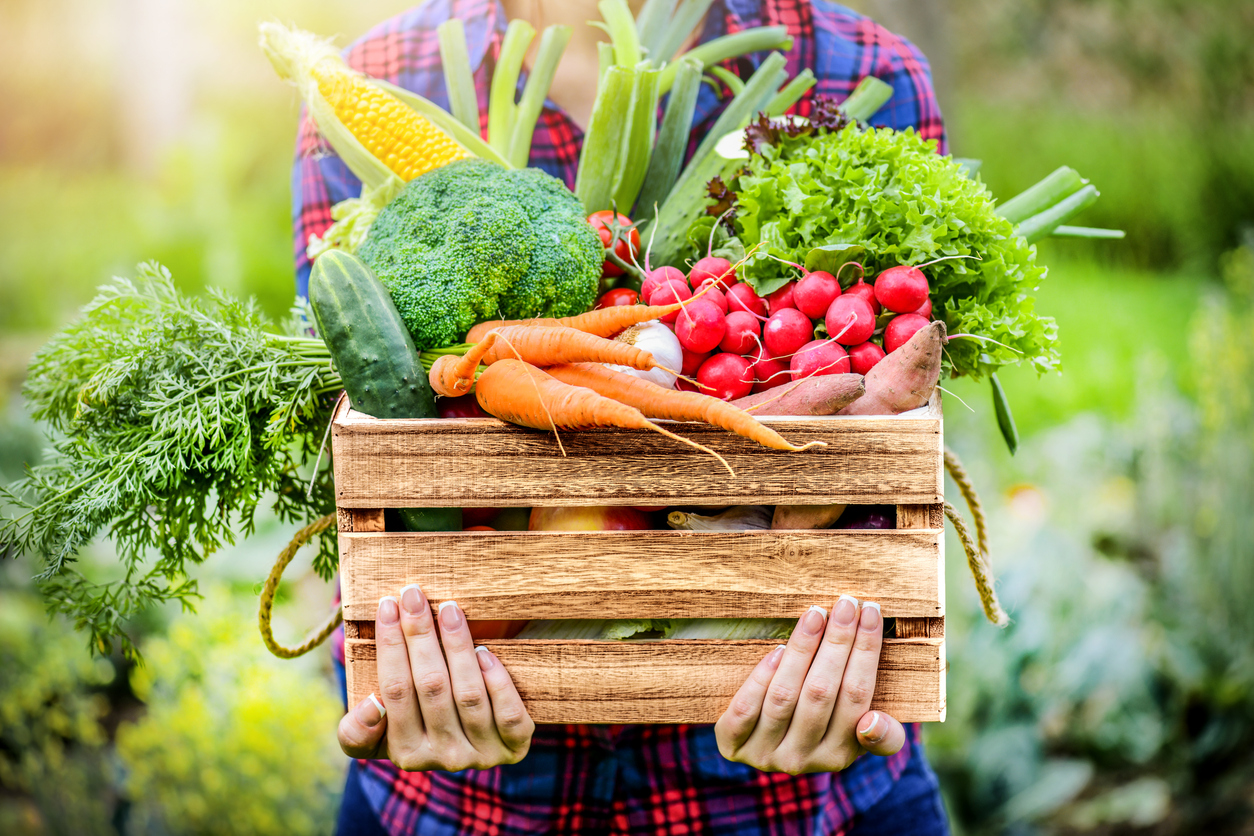A refined analysis by the Food and Agriculture Organization of the United Nations (FAO) has uncovered that hidden costs in global agrifood systems amount to an astonishing $12 trillion annually. Of this total, approximately 70% ($8.1 trillion) is linked to unhealthy dietary patterns, which are significant contributors to non-communicable diseases (NCDs) such as heart disease, stroke, and diabetes. These health-related costs far surpass those associated with environmental damage and social inequalities, signalling an urgent need for transformative action.
SOFA 2024: Exposing Hidden Costs and Benefits
The State of Food and Agriculture 2024 (SOFA) builds upon its 2023 edition, offering a deeper exploration of the full costs and benefits of food production, distribution, and consumption. By employing true cost accounting, the report reveals the “hidden costs and benefits” of agrifood systems—elements not reflected in market prices.
This year’s findings categorise hidden costs by agrifood system type, providing critical insights into the drivers of these costs and charting a course for systemic change. Notably, health-related hidden costs dominate in upper-middle- and high-income nations with industrialised agrifood systems, followed closely by environmental hidden costs.
Dietary Risk Factors and Agrifood System Typology
The report identifies 13 major dietary risk factors, such as insufficient consumption of whole grains, fruits, and vegetables; excessive salt intake; and high consumption of red and processed meats. These risks vary across six types of agrifood systems:
- Protracted Crisis Systems: Struggling with prolonged instability and food insecurity, where inadequate consumption of fruits and vegetables is the primary concern.
- Traditional Systems: Defined by low productivity and short value chains, with similar dietary deficiencies.
- Expanding Systems: Transitioning rapidly due to economic growth, with rising risks from excessive sodium and meat consumption.
- Diversifying Systems: Facing significant environmental costs alongside evolving dietary risks, driven by changing consumption patterns.
- Formalising Systems: Where sodium consumption peaks during transitions.
- Industrial Systems: Marked by high consumption of red and processed meats, although salt intake begins to decline.
Environmental and Social Costs Across Agrifood Systems
In addition to dietary risks, environmental hidden costs—such as greenhouse gas emissions, water pollution, and deforestation—are particularly pronounced in diversifying agrifood systems, amounting to an estimated $720 billionannually. Countries experiencing protracted crises, however, bear the highest relative environmental costs, equivalent to 20% of their GDP.
Social costs, including poverty and undernourishment, remain especially significant in traditional and protracted crisis systems, representing 8% and 18% of GDP, respectively. These findings highlight the critical need for equitable development and targeted humanitarian interventions.
Implications for Consumers and Businesses
For consumers, the report highlights the importance of informed food choices. Many health-related costs stem from dietary habits, such as low consumption of fruits, vegetables, and whole grains or high intake of processed foods. This underscores the need for education, accessible healthier options, and transparent food labelling to empower individuals to make more sustainable and nutritious choices.
For businesses, particularly those in the food production, retail, and agribusiness sectors, the findings present both challenges and opportunities:
- Challenges: The growing emphasis on sustainability and health will likely increase regulatory scrutiny and demand for transparency. Businesses will need to adapt their practices to align with evolving consumer expectations and stricter environmental and social standards.
- Opportunities: Companies adopting sustainable practices early can build trust, differentiate themselves in the market, and tap into growing demand for ethical and health-focused products. Emphasising sustainable sourcing, clear labelling, and reduced environmental impact can enhance brand reputation and customer loyalty.
Driving Change: Collective Action and Policy Recommendations
SOFA 2024 calls for a value-driven transformation of agrifood systems, emphasising sustainability, resilience, and inclusivity. Recognising and addressing hidden costs is essential for informed decision-making.
Key recommendations include:
- Promoting Sustainable Practices: Financial and regulatory incentives should support sustainable farming and reduce power imbalances in the agrifood sector.
- Encouraging Healthier Diets: Policies must make nutritious foods more affordable and accessible, lowering health-related costs.
- Reducing Environmental Impacts: Measures like certifications, labelling, and industry-wide standards can encourage reductions in emissions and biodiversity loss.
- Empowering Consumers: Providing transparent information on the environmental, social, and health impacts of food choices ensures even vulnerable households can benefit.
- Reforming Institutional Procurement: Leveraging institutional food procurement can reshape supply chains and promote nutrition education.
- Enhancing Governance: Strengthening governance and innovation can accelerate the shift to sustainable agrifood systems.
Read more

